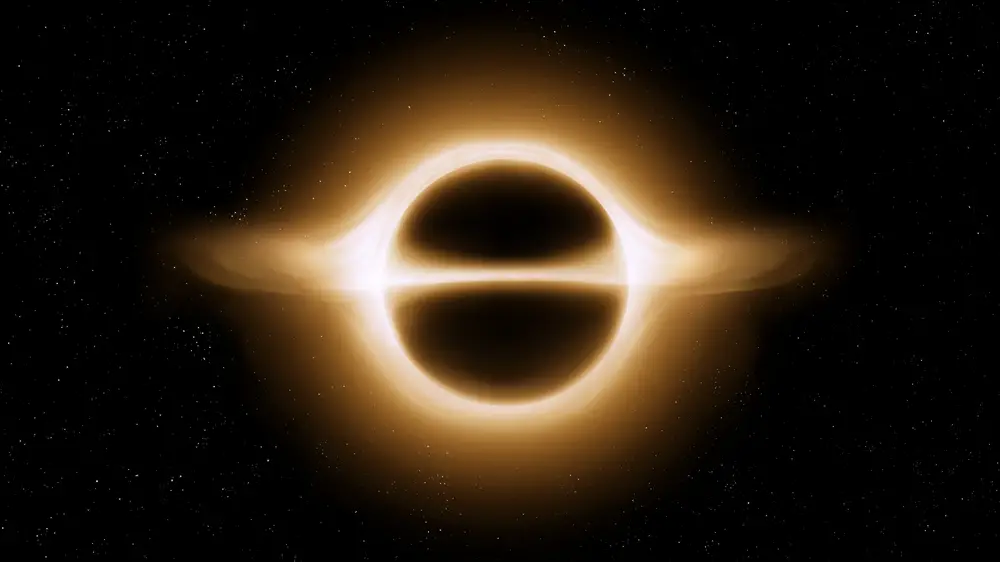Scientists from MIT and Caltech have made a groundbreaking discovery, observing a “triple black hole” system for the first time. Traditionally, black holes are found paired with another cosmic body, such as a star or another black hole. However, in this newly discovered system, a central black hole is in the process of consuming a nearby star every 6.5 days, while a second star orbits much farther away, taking approximately 70,000 years to complete its orbit.
The finding surprised researchers, who previously believed black holes formed and maintained simpler binary relationships. This new system challenges those assumptions and raises intriguing questions about how black holes evolve. According to lead researcher Kevin Burdge, the far-off companion star isn’t just drifting by coincidence. He suggested the three objects are “attached by this weak string of gravity,” confirming the triple system’s existence.

The black hole in this system is believed to have formed from a typical supernova explosion, which likely caused the outer star to be pushed to its distant orbit. This scenario challenges the traditional understanding of black hole formations, leading scientists to question whether this configuration could be more common in the universe than previously thought. Burdge called the system’s formation “super exciting” for the study of black hole evolution.
This discovery also opens up new avenues for research, as scientists now look to identify other similar triple black hole systems in space. Researchers are eager to explore if more of these configurations exist and how such systems might influence our understanding of cosmic events and black hole behavior.




